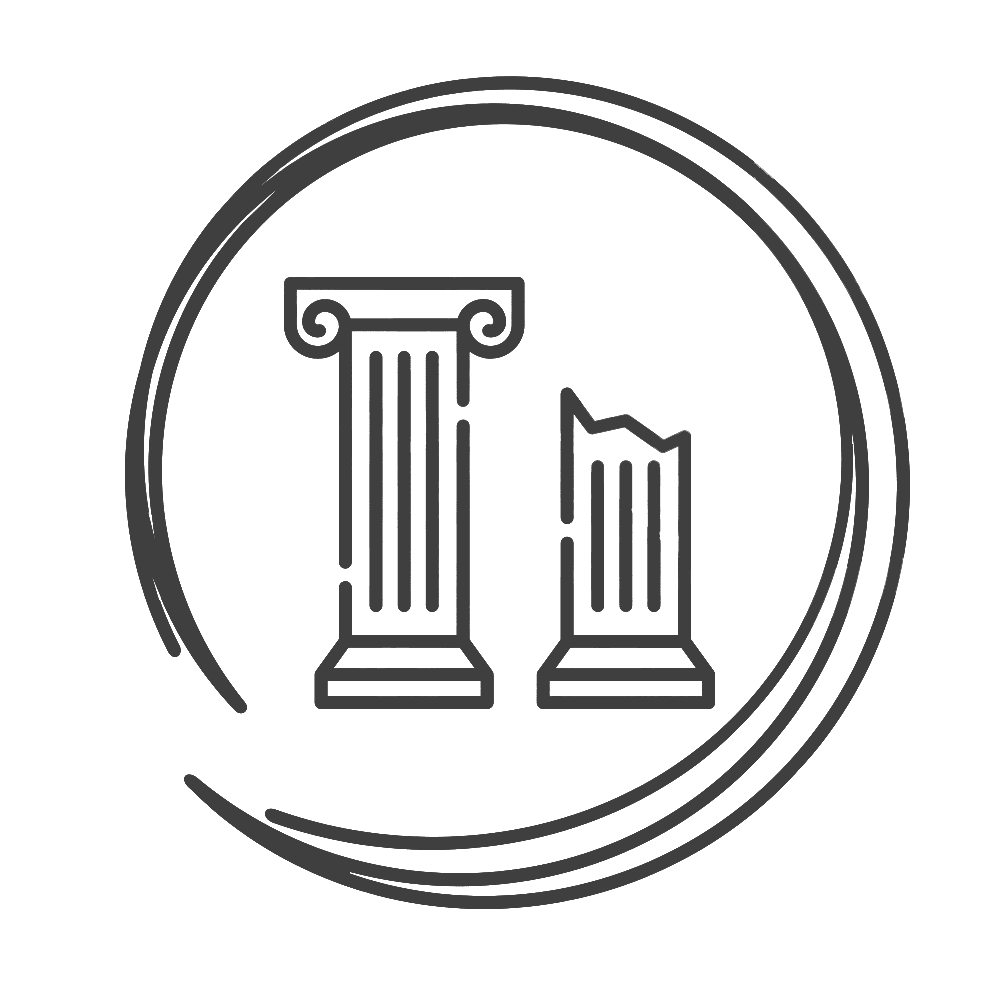Geometric Langlands Culture in Israel

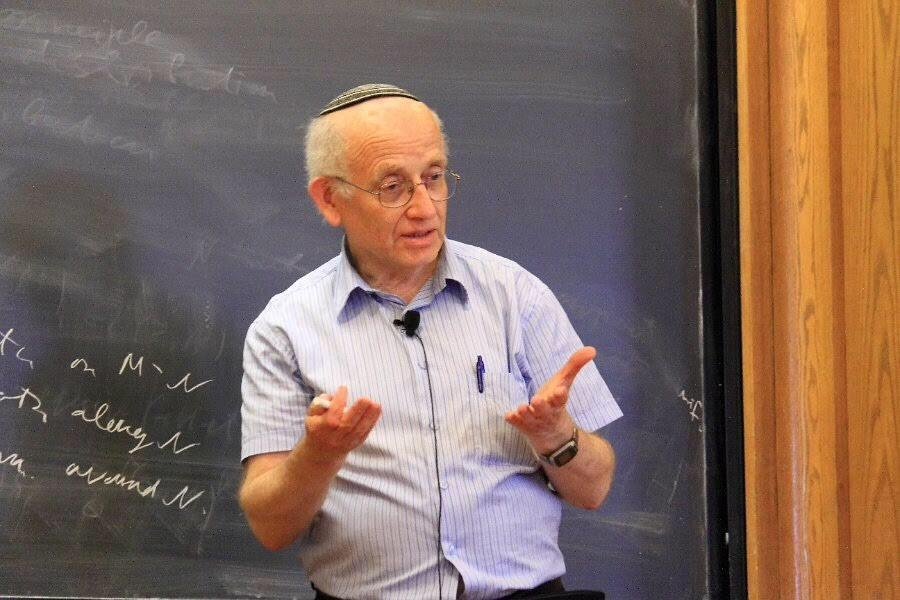
Joseph Bernstein is a Soviet-born (18 April 1945) Israeli mathematician working at Tel Aviv University. He works on algebraic geometry, representation theory and number theory. He obtained his PhD under Israel Gelfand’s supervision at Moscow State University [1].
David Kazhdan is a Soviet and Israeli mathematician working in representation theory. He obtained his PhD under Alexandre Kirillov’s supervision and was a member of Israel Gelfand’s school of mathematics [2].
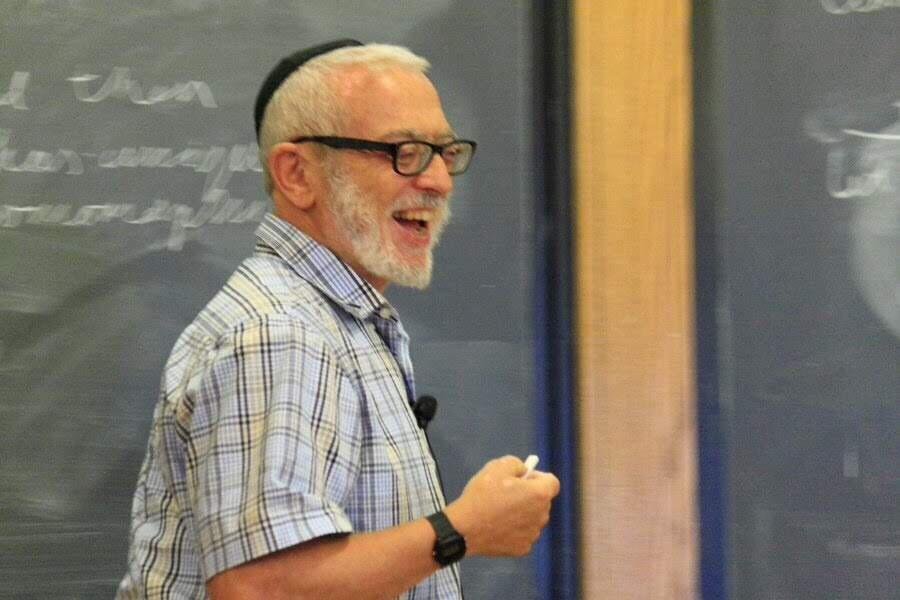
Dennis Gaitsgory is a professor at Harvard University working on the geometric Langlands. He obtained his PhD under Joseph Bernstein’s supervision in 1997 [3].
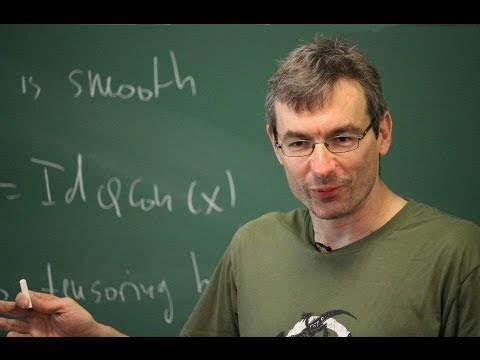
Roman Bezrukavnikov is an American and Russian mathematician working on representation theory and algebraic geometry at MIT. He obtained his PhD under Joseph Bernstein’s supervision in 1998 [4].
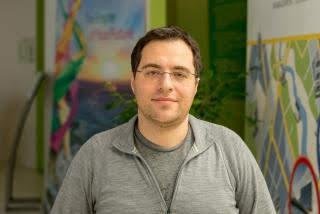
The mathematical genealogy of these four mathematicians shows us that they are (a part of) Israel Gelfand’s legacy. I would call Bernstein and Kazhdan the first generation (or first wave) of growing mathematics culture in Israel and Gaitsgory and Bezrukavnikov (although working in the US) the second and current generation of mathematics culture in Israel. While the first generation had a wider interest in representation theory, we see that the second generation is more focused on the geometric Langlands (one of the driving forces of advancement in geometry).
Although the second generation is currently working in the US, we see that they do still contribute forming a maths culture in Israel with conferences and workshops. Through these gatherings, they introduce their research to new generations in Israel. One of these workshops “Towards the proof of the geometric Langlands conjecture” is organized by Gaitsgory and Kazhdan (and others) and held in March 2014 at the Institute for Advanced Studies at the Hebrew University of Jerusalem. One can reach the written notes in the website [5] and watch the talks available on Youtube.
Another conference on representation theory and algebraic geometry in honor of Joseph Bernstein (organized by the third and near future generation) is held in June 2017 where Bezrukavnikov, Gaitsgory and Kazhdan were among the invited speakers [6].
What lessons we can learn from the Israeli model
Let’s ask this question to ourselves: Can we imitate this model to advance maths in Turkey and reach a desirable point in (say) 25 years? I believe the answer to this question is yes but I will start with what needs to be done and why we have the promising conditions.
The Israeli model shows us that it does not take too many mathematicians to build a rich and fertile culture. Just a few mathematicians who are working in a common area and are top in this area can trigger the process. The promising fact is that although there may not be many Turkish mathematician working in geometric Langlands (referred earlier as one of the driving forces of advancement in geometry), we might in fact have the required “human force” in another driving force of advancement in geometry: Mirror symmetry.
(Homological) mirror symmetry is a conjecture made by a field medalist Maxim Kontsevich that speculates about a strong bridge between algebraic geometry and symplectic geometry.
Who are these mathematicians who can take the lead?
Yankı Lekili is a Research Fellow in King’s College London who obtained his PhD under Denis Auroux’s supervision in 2009. Umut Varolgüneş is a Szego Assistant Professor working in Stanford University. Doğancan Karabaş is a research student at King’s College London. Yusuf Barış Kartal is a fifth year PhD student at MIT who is working under Paul Seidel’s supervision. These four people work on symplectic geometry (one side of the mirror). If they can introduce their research through conferences and workshops in Turkey and use their connections to invite top mathematicians to these events, it is not too diffucult to build a mirror symmetry culture in Turkey as was done for geometric Langlands in Israel.
Author: Canberk Irimagzi
References: [1] https://en.m.wikipedia.org/wiki/Joseph_Bernstein
[2] https://en.m.wikipedia.org/wiki/David_Kazhdan
[3] https://en.m.wikipedia.org/wiki/Dennis_Gaitsgory
[4] https://en.m.wikipedia.org/wiki/Roman_Bezrukavnikov
[5] https://sites.google.com/site/geometriclanglands2014/
[6] https://www.weizmann.ac.il/conferences/RTAG2017/speakers
[7] https://nms.kcl.ac.uk/yanki.lekili/
[8] https://umutvg.people.stanford.edu
[9] https://kclpure.kcl.ac.uk/portal/en/persons/dogancan-karaba(bbd3229e-95a4-4132-b40f-0eedc8d4325a).html
Photos: (1) https://www.math.stonybrook.edu/~frenkel60/Frenkel/Photo_album/2012-05-16%20Day%205/index.html#IMG_7469.JPG
(2) https://www.math.stonybrook.edu/~frenkel60/Frenkel/Photo_album/2012-05-16%20Day%205/index.html#IMG_7510.JPG
(3) https://www.google.com/search?q=dennis+gaitsgory&rlz=1C9BKJA_enUS703US703&hl=en-US&prmd=nvi&source=lnms&tbm=isch&sa=X&ved=0ahUKEwik5Kr34pPhAhUM9IMKHa_5D0oQ_AUIFCgD&biw=768&bih=915#imgrc=SJQUWNFois0GaM
(4)https://www.math.ucla.edu/dls/roman-bezrukavnikov
mozartcultures
